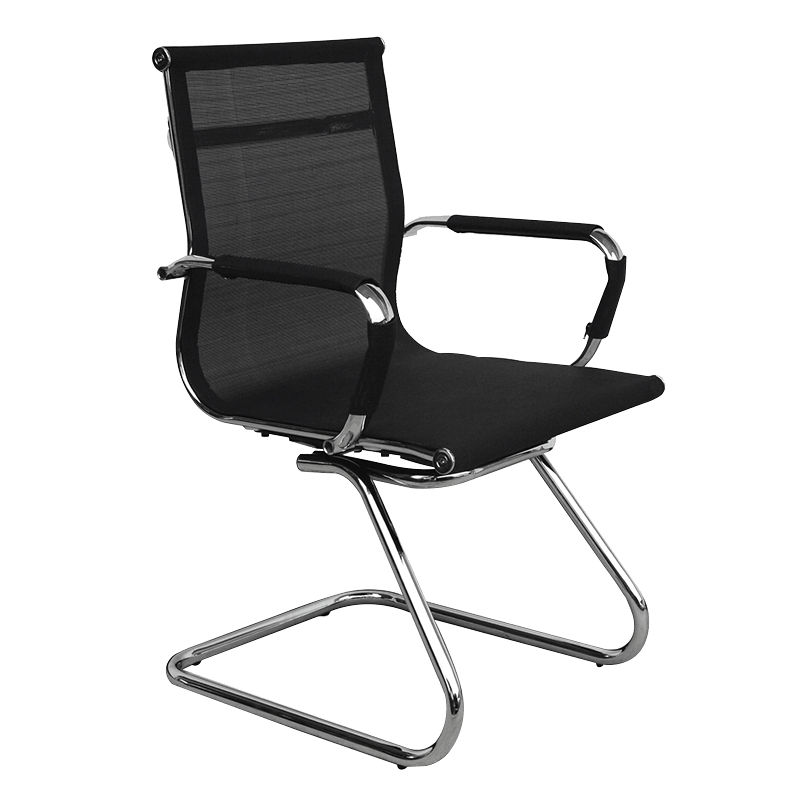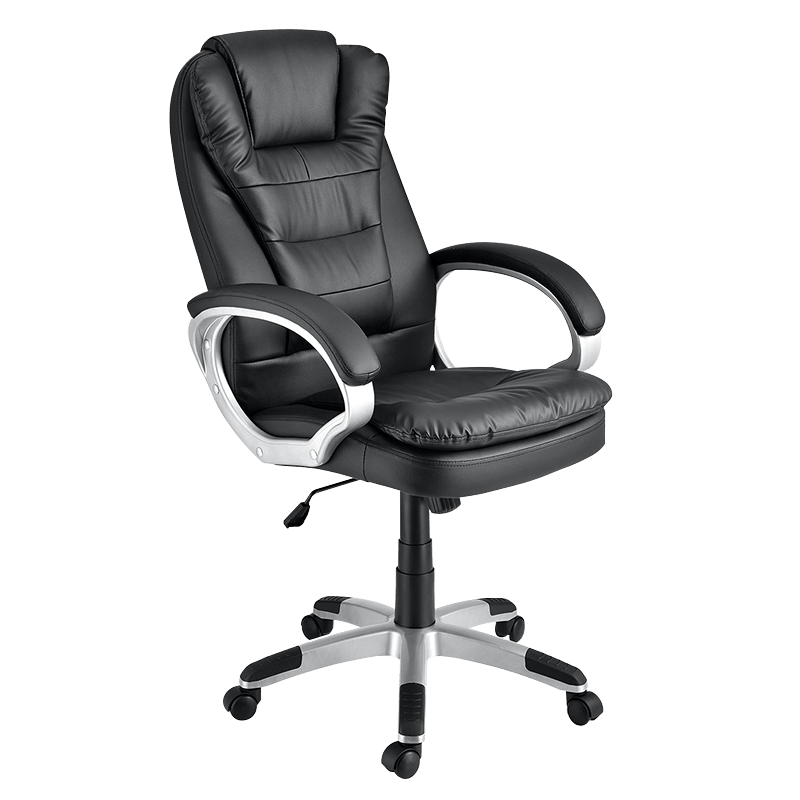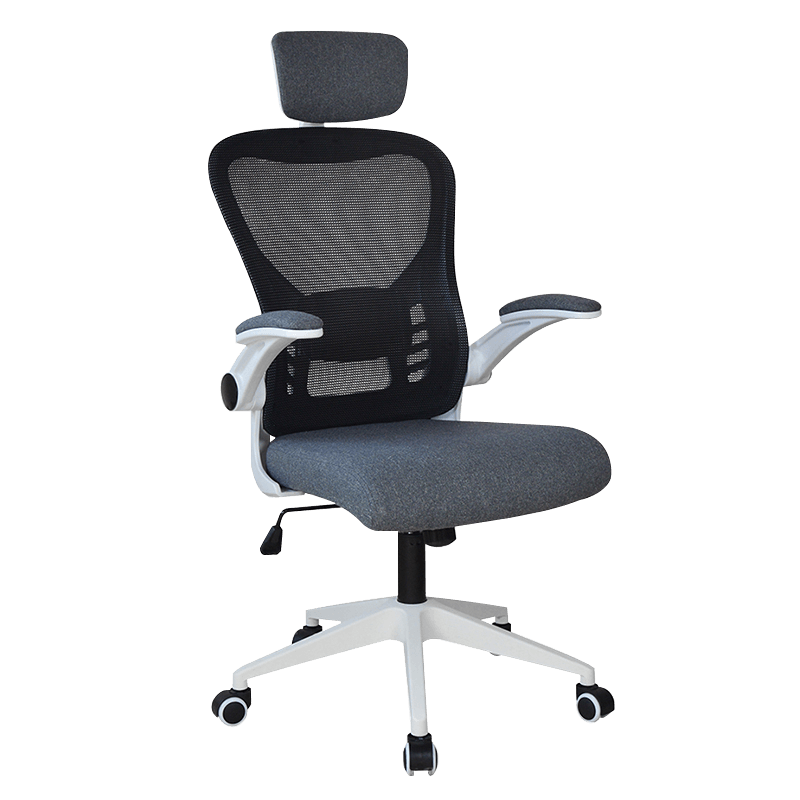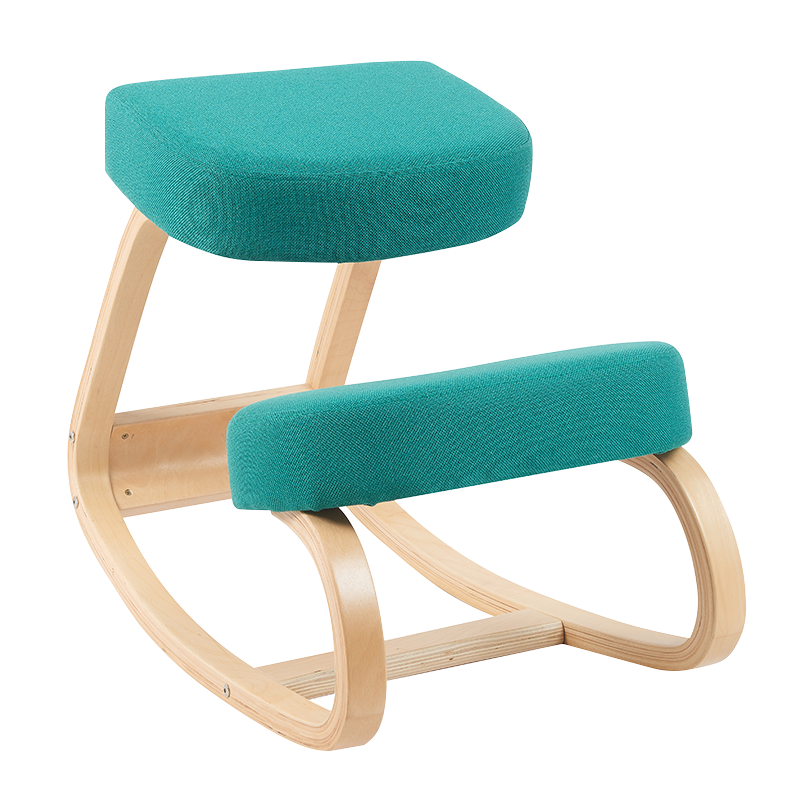The Rising Role of Comfort in Counter Stool Innovation
2025-09-18
In today’s residential and commercial spaces, the counter stool is no longer seen as a simple seating tool. Instead, it has evolved into a crucial element that combines both comfort and aesthetics. Whether placed in a kitchen island, dining area, or commercial bar, counter stool usage continues to rise steadily. As user expectations for living and working experiences increase, comfort has become the central focus of product innovation and design upgrades.
Functional Positioning of Counter Stool
Bar stools are designed for mid-height countertops, distinguishing them from standard dining chairs and taller bar stools. Unlike traditional seating, bar stools prioritize flexibility and mobility within a space. Modern, wooden, and upholstered bar stools offer varying comfort benefits in different applications.
Within the industry chain, counter height stools factory has increasingly placed “seating comfort” as the main direction in product development. This shift is not only reshaping structural design but also accelerating material and process innovations.
Key Elements of Comfort Design
Comfort in counter stool design goes far beyond the softness of the seat. It represents a multidimensional experience, which includes the following elements:
Height and Ergonomics: Proper height ensures that the seating experience matches countertop dimensions. Adjustable counter stool is advantageous in this regard, as it adapts to both varying countertop levels and user heights.
Backrest and Support: Counter stool with back provides stable lumbar support, making it suitable for extended use.
Seat Material: Upholstered counter stool and leather counter stool offer softness and cushioning, while wooden counter stool provides firmness and natural breathability.
Swivel and Flexibility: Swivel counter stool enhances convenience, allowing users to turn without moving the stool itself.
Footrest and Stability: A well-designed footrest relieves pressure from the legs and increases overall comfort.
Product Features Table
The following table summarizes comfort-related features of counter stool and their typical applications:
| Product Type | Key Feature | Application Scenario | Comfort Performance |
|---|---|---|---|
| adjustable counter stool | Adjustable height, adaptable to surfaces | Kitchen islands, multipurpose use | Increases flexibility |
| upholstered counter stool | Padded seat, diverse materials | Dining areas, leisure corners | Softness and cushioning |
| swivel counter stool | Rotating design, higher convenience | Bars, social spaces | Reduces strain, adds mobility |
| wooden counter stool | Solid structure, natural texture | Minimalist or natural interiors | Firm yet breathable |
| backless counter stool | No backrest, compact design | Small spaces, temporary seating | High flexibility, short-term |
Comfort Integrated with Spatial Aesthetics
Modern interior design trends emphasize the interaction between people and spaces, and counter stool plays an important role in that balance. A well-designed modern counter stool not only enhances seating comfort but also complements the overall style of the environment.
In minimalist spaces, backless counter stool is often valued for its simplicity and compactness.
In premium settings, luxury leather counter stool strengthens the sense of elegance.
In natural-inspired designs, rustic wooden counter stool better reflects the desired ambiance.
Comfort as a Market Driver
Comfort is not only a design requirement but also an increasingly important factor in consumer purchasing decisions. When users search for counter stool for kitchen island, comfort is often a decisive criterion in addition to size and appearance.
This focus has fueled several market trends:
Material Innovation: Lightweight, eco-friendly, and soft materials are now widely used in upholstered counter stool and metal counter stool.
Functional Expansion: Adjustable height swivel counter stool highlights the dual demand for multifunctionality and comfort.
Segmentation Growth: Products like space saving backless counter stool set cater to compact living environments.
Extending the Comfort Experience
In real applications, comfort affects not only how users feel physically but also how long they are willing to sit. In dining areas, comfortable counter stool encourages users to stay longer and engage in conversations. In commercial spaces, ergonomic counter stool improves customer satisfaction by reducing fatigue.
Future Outlook
As consumer expectations continue to rise, the role of comfort in counter stool design will become even more prominent. Counter height stools factory will likely intensify research on ergonomics and structural optimization, ensuring that modern counter stool, swivel counter stool, and upholstered counter stool evolve to meet diverse demands.
Comfort will no longer be a secondary feature but rather the defining value that sets counter stool apart from other seating products. The ongoing shift reflects a broader lifestyle trend: the pursuit of higher-quality living and working environments.


 Language
Language English
English Français
Français Español
Español Deutsch
Deutsch






